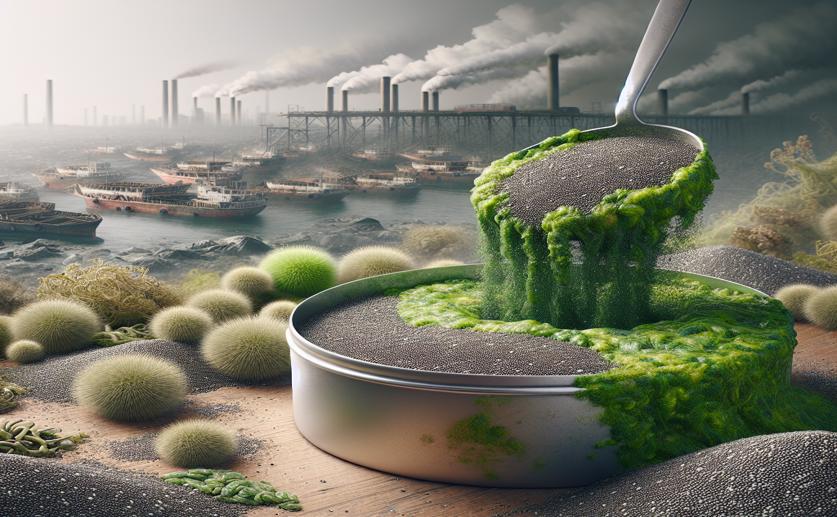
Creating a Chia and Algae-Based Material to Clean Up Pollutants
Phil Stevens
18th January, 2024

Image Source: Natural Science News, 2024
References
Main Study
1) Development of chia gum/alginate-polymer support for horseradish peroxidase immobilization and its application in phenolic removal.
Published 16th January, 2024
https://doi.org/10.1038/s41598-024-51566-x



 15th January, 2024 | David Palenski
15th January, 2024 | David Palenski